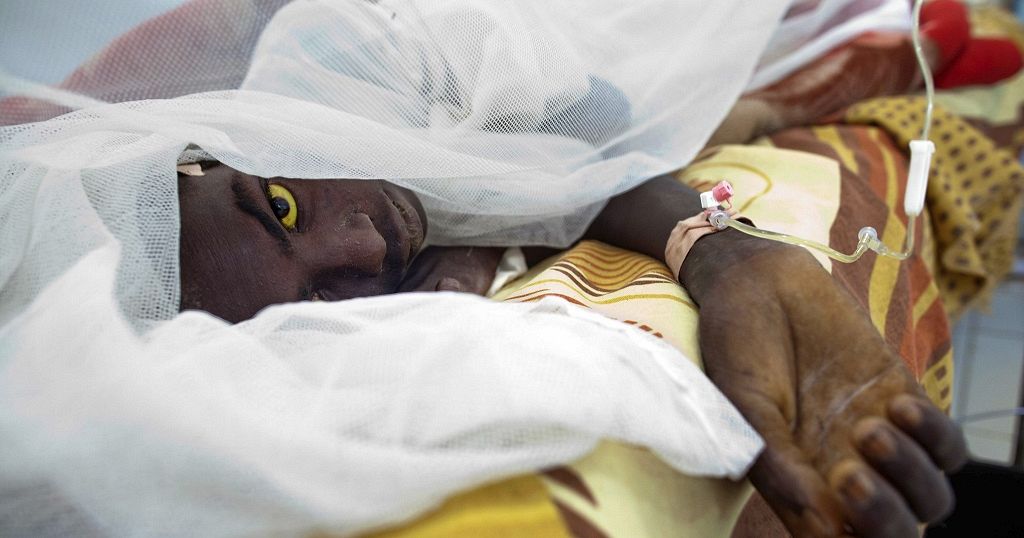Fri, 29 Jan 2016 12:07 - Updated Fri, 29 Jan 2016 12:07
Hu?la: Four people feared dead of yellow fever
Lubango - Four people are believed to have died of yellow fever on Thursday in the municipality of Caluquembe, southern Huila province.
The information was released by Hu?la health authorities who added the four were part of seven suspect cases of yellow fever reported in Caluquembe, some 117 kilometres of the capital, Lubango.
...the head of the local Health Department said the suspect cases were brought by patients who arrived from Luanda.
...
Hu?la: Four people feared dead of yellow fever
Lubango - Four people are believed to have died of yellow fever on Thursday in the municipality of Caluquembe, southern Huila province.
The information was released by Hu?la health authorities who added the four were part of seven suspect cases of yellow fever reported in Caluquembe, some 117 kilometres of the capital, Lubango.
...the head of the local Health Department said the suspect cases were brought by patients who arrived from Luanda.
...



Comment